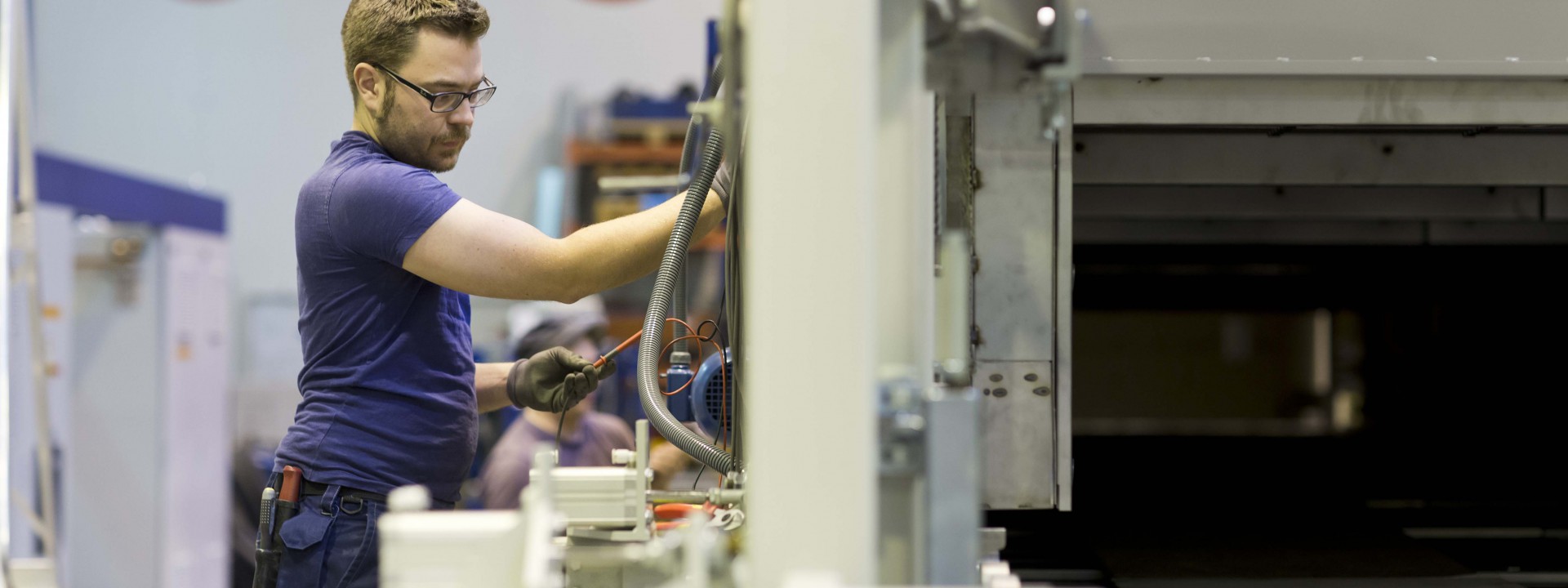
Energy efficiency is becoming a major concern in the windshield manufacturing industry. Whatever system or technical solution you’ve chosen for your windshield manufacturing facility, one of the keys to profitable operation and fast payback is to continuously improve the energy efficiency of your operating machinery.
Here are a few issues to consider to ensure that your bending furnace operates efficiently over its entire life cycle.
The first thing to consider when selecting your processing equipment is the construction. The single-level serial furnace was originally developed to provide capacity with a low initial investment. It is a relatively simple construction consisting of a heating tunnel and wagon conveyors. The double-level tunnel construction was designed to reduce the operating costs. It is compact, runs with fewer wagons and molds, and thus, less heat is lost through the walls. Further, it allows heat from the lower cooling track to be recycled for heating in the upper track, guaranteeing lower energy consumption.
Convectional heating is faster, especially when processing glasses with heat reflective coatings. The faster the heating, the shorter the heating track can be and the lower the heat losses through the walls. Convectional heating is always realized by means of air circulation systems. Still, it is important to pay attention to the selection of high-performance insulation materials for the furnace.
The less weight that needs to be heated up, the lower the energy consumption. A double-level tunnel furnace allows the use of lightweight construction wagons, which reduce the amount of steel that has to be heated up. The most typical light construction wagon today is the so-called L-shape wagon, either with an open or closed bottom.
Today’s bending molds, too, are lighter in weight, which also reduces costs and adds to energy efficiency. Double-actuated molds can be used to speed up the bending process and achieve more demanding shapes, which again improves the performance and efficiency of the system. The use of double-actuated molds requires reliable triggering systems, but the cost involved for this is not too high.
Active heat recovery systems have been developed to further improve windshield manufacturing energy efficiency. Heat recovery reduces energy consumption by an extra 10-15%. These systems consist of an air circulation system that transfers heat from the lower cooling track to the upper preheating track.
Stay tuned – more to come for windshield manufacturers to get the most out of their processes.
Inscreva-se no boletim informativo da Glastory
Respondemos às suas perguntas sobre o processamento de vidro. Diga-nos qual é o seu problema e faremos o melhor para ajudá-lo.
Comments are closed.